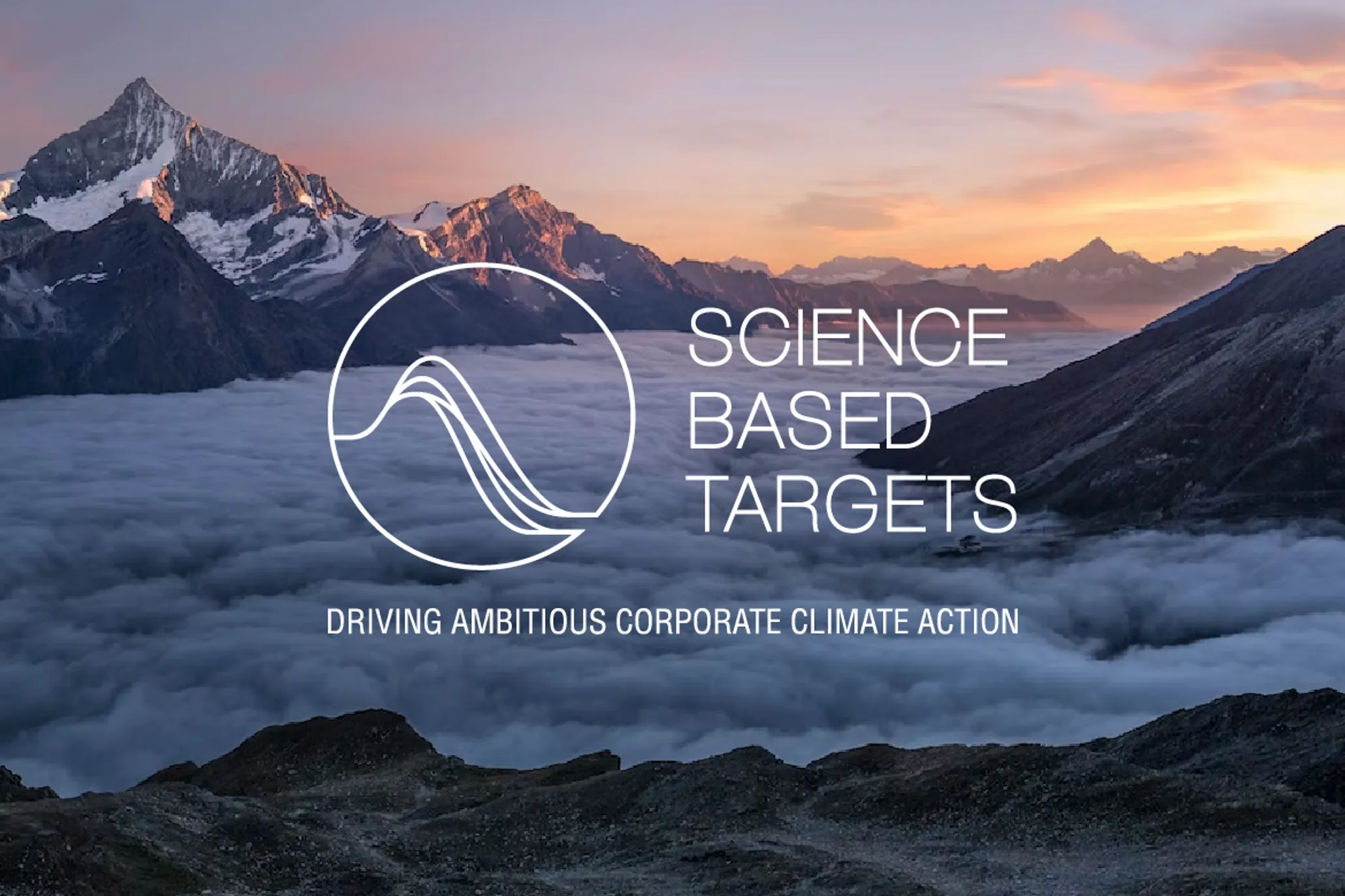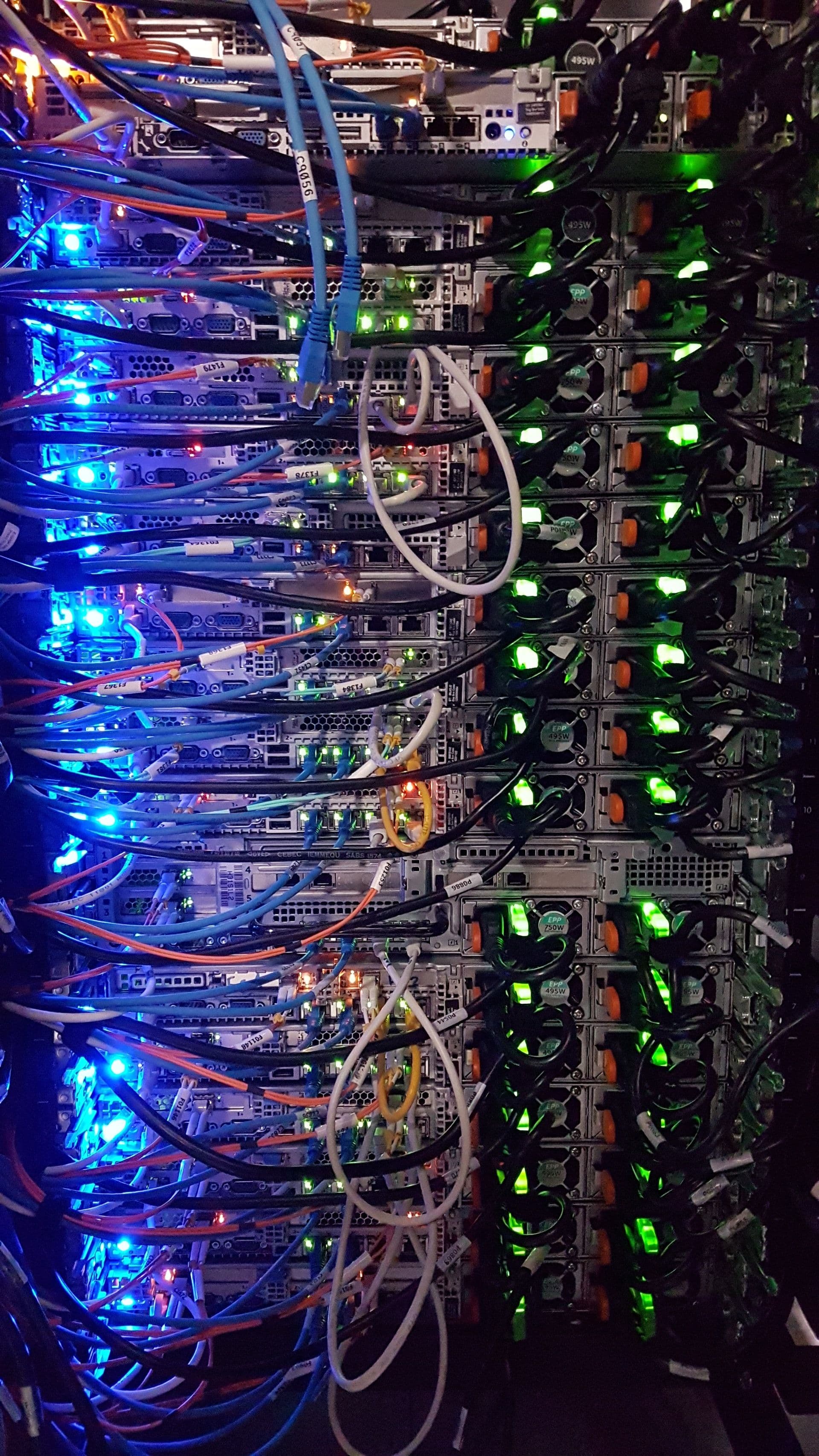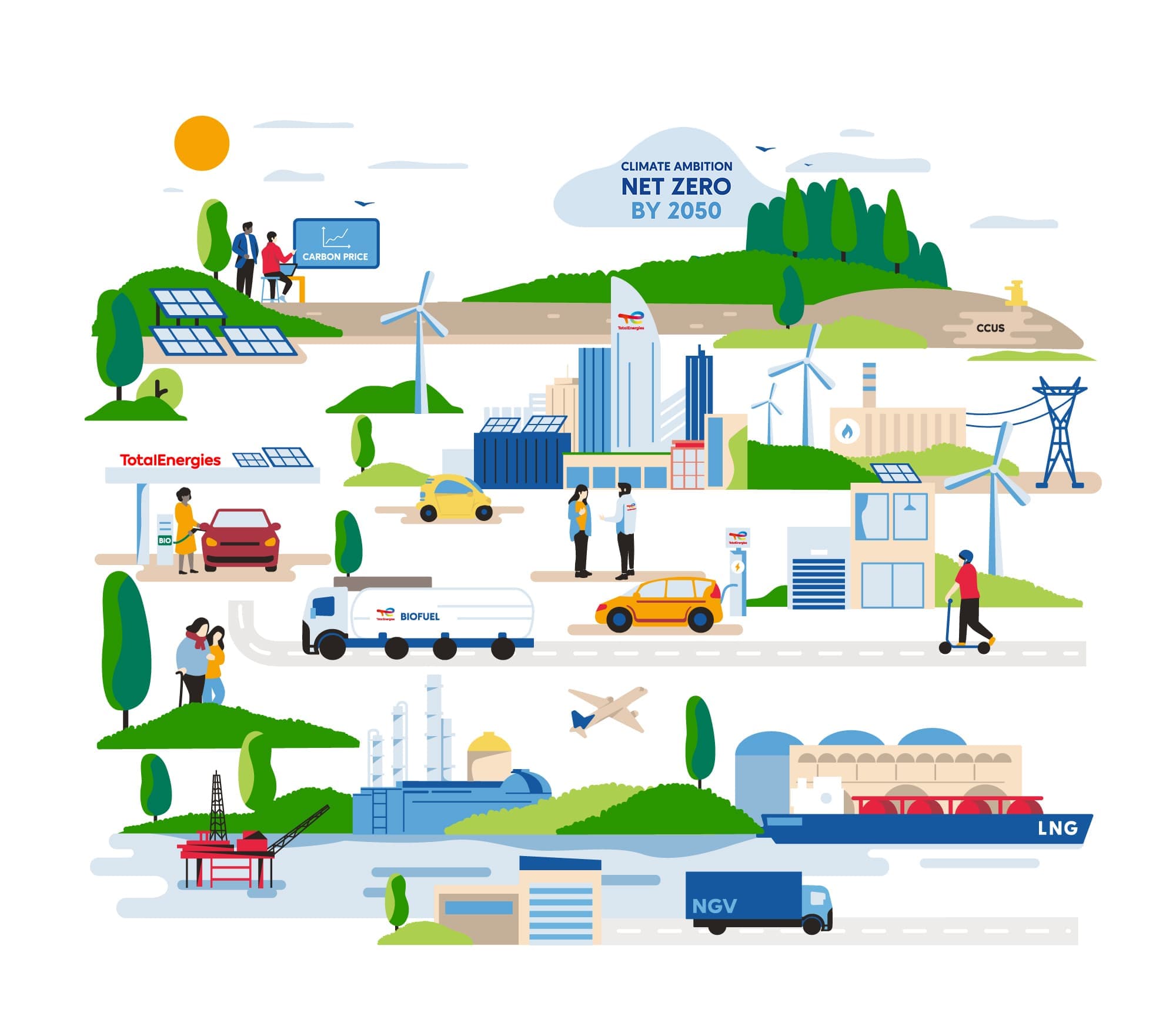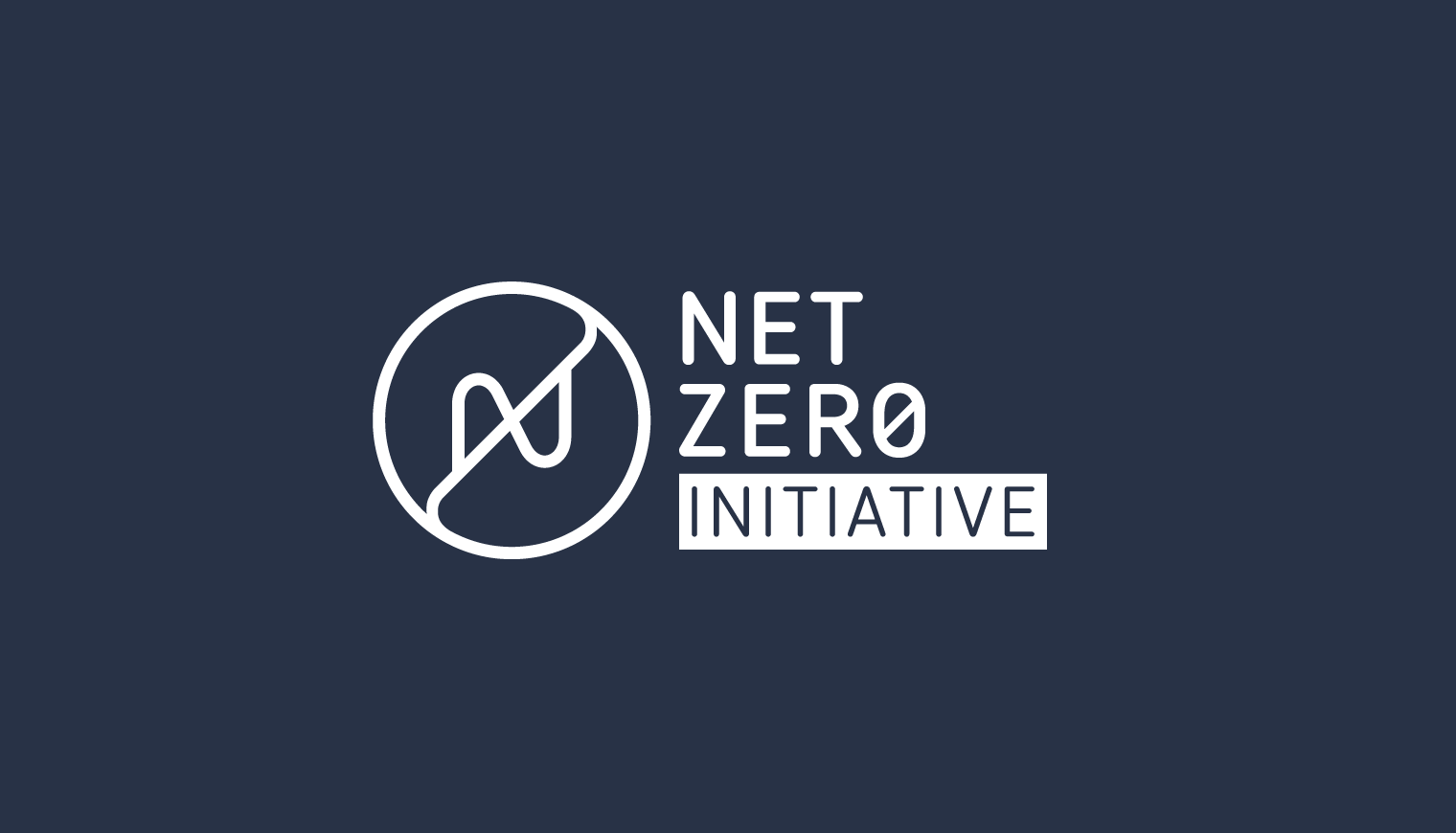Net Zero Initiative for IT
Understanding the role of digital solutions in the global net zero effort
Executive summary
This report is a guidance to the Pillar B of the Net Zero Initiative (NZI) dashboard applied to the IT sector. Pillar B aims to quantify a company's positive impact on the greenhouse gas emissions of its ecosystem. We focus here on the “Avoided Emissions” indicator, reflecting the contribution of a company's solutions to reduce their clients’ direct and indirect emissions compared to a reference situation.
This report is divided in four parts:
- General Guidelines describe the IT sector’s contribution to global carbon neutrality
- Characterisation of Solutions explains how IT solutions may decarbonize an activity
- General Methodology details issues to address in IT avoided emissions assessments
- Families of Solutions – Toolbox details guidelines for 4 families of solutions
PART 1 – THE IT SECTOR’S CONTRIBUTION TO GLOBAL CARBON NEUTRALITY
Summary of challenges of decarbonization in the IT sector
- The digital sector accounts for ~3% of global GHG emissions[1], and its very fast growth makes the respect of global decarbonization targets even more challenging.
- The digital consumption for its own sake (A) and the digital “solutions” – aimed at digitizing /connecting other products and services – (B) share the same decarbonization challenge: reducing their absolute emissions by 45% by 2030[2].
- Like all others, IT companies must question the relevance of their product/service portfolio in a transitioning world and reflect on the compatibility of their business model in a low-carbon future (see Box 1). Technical progress does not avoid emissions by design.
- Both (A) and (B) companies should also fund emissions reduction and carbon sinks development outside their value chain. This fair contribution to global carbon neutrality cannot “compensate” nor “offset” an insufficient reduction of their own emissions.
Summary of IT's role in decarbonization
- Using this guidance, companies (B) selling digital “solutions” can assess if their products help their customers to reduce their own emissions.
- The avoided emissions indicator is a short-term compass to fuel company strategic decisions, allowing for instance to target markets for decarbonization.
- Avoided Emissions are not fungible with induced emissions and therefore shall not be used to claim a hypothetic “carbon neutrality” for the company nor its solutions.
PART 2 – HOW CAN IT SOLUTIONS DECARBONIZE AN ACTIVITY?
Summary of the Characterisation of Solutions
- This method covers both IT for Green – IT decarbonizing other sectors – and(IT for) Green IT – IT decarbonizing itself – solutions.
- To conduct an avoided emissions assessment, companies must be able to clearly understand and define how each solution acts upon a physical system, and either optimizes, substitutes or reduces the need for it, using the following diagram:
- * Enablement in itself is not a decarbonizing lever: companies must clearly identify which of sufficiency, efficiency or substitution is “enabled” by a solution, and argue as to why the system could not get decarbonized without IT.
PART 3 – ISSUES TO ADDRESS IN IT AVOIDED EMISSIONS ASSESSMENTS
Summary of the General Methodology for the IT sector
- Claiming avoided emissions sends a strong signal to the market, requiring the company to pass successfully through the 6 Eligibility Gates of NZI4IT, 6 conditions framing the legitimacy of avoided emissions claims.
- Quantifying avoided emissions for IT solutions can be extremely challenging and requires precise data, especially to prove that a substitution occurred.
- The guidance complements NZI Pillar B Guide about time and geographic perimeters for assessments:
- yearly ex-post analyses are to be favoured over forecasts over a solution’s lifespan.
- location-based accounting remains mandatory for electricity consumption.
- 11 methodological cruxes specific to the IT sector are explained and solved with complementary guidelines:
- Baseline issues: Reference situations must be updated regularly to reflect the IT sector’s quick evolutions over years. Low-tech alternatives must also be part of the market mix of the baseline.
- Rebound issues: “Is there a real substitution?” – Rebound is omnipresent in IT and should always be accounted for. For cloud migrations, the maximum level of specificity is required in the data collection: no avoided emissions extrapolations can be done on an entire customer base from a single customer case. The guidance also helps identify rebound effects.
- “Enablers” are redefined through the concepts of sufficiency, efficiency and energy substitution, by distinguishing the levels of maturity of solutions.
- Communication on avoided emissions must explicit the reference situation hypotheses and shall not incite to overconsumption.
- Automatization, especially Artificial Intelligence (AI) solutions cannot claim avoided emissions simply on the grounds that they replace a human job.
PART 4 – SECTORAL TOOLBOX TO ASSESS AVOIDED EMISSIONS FOR 4 IT SOLUTIONS
Summary of the toolbox content
The toolbox provides detailed guidelines to calculate the emissions of the reference situation and of the solution scenario, evaluate rebound effect, identify necessary data and important parameters for 4 families of solutions:
- Circularity: repairs, refurbishment…
- Cloud & “Virtualization”: infrastructure sharing, cloud migration…
- Demand-Offer matching platforms
- Demand-size optimization and sufficiency
No Avoidance Factors were calculated, since the method requires a high level of specificity for any avoided emissions calculation, i.e., getting specific customer & market data – not just extrapolated data – to perform the assessment.
Net Zero Initiative for IT © 2024 by Carbone 4 is licensed under CC BY-ND 4.0.

























































